A straightforward explanation of biodegradable vs. compostable vs. oxo-degradable plastics
As consumer demand for sustainable products grows, bioplastics —which can reduce our reliance on fossil fuels and decrease greenhouse emissions— will become more prevalent. Production of bioplastics is expected to grow by as much as 20% by 2022, and as it does, consumer understanding of bioplastics will need to grow with it.
A major source of confusion is the difference between three terms: Biodegradability, compostability and oxo-degradability. Although these terms are often used interchangeably, they are not synonymous. Confusion regarding common bioplastics terminology such as these, especially where it concerns the disposal of bioplastic products, can have dire consequences. Companies need to understand the distinctions between each category in order to accurately and honestly market their products. And consumers need to understand these terms in order to make educated purchasing decisions and properly dispose of bioplastic products at the end of use.
Understanding bioplastics: Bio-based vs. biodegradable
To understand these three terms (i.e., biodegradability, compostability and oxo-degradability), it is important first to clearly understand the definition of bioplastics. Bioplastics refer to a large family of plastics which are sourced from biomass at the beginning of their life (bio-based), metabolized into organic biomass at the end of their life (biodegradable), or both.
Based on this, bioplastics can be broken down into three distinct classifications:
- Non-biodegradable and fully or partially bio-based (e.g., bio-based PET, bio-based PE, Terratek® SC or Terratek® WC).
- Biodegradable and petroleum-based (g., PCL).
- Both biodegradable and fully or partially bio-based (e.g., PLA or starch blends such as Terratek® BD).
Biodegradable plastics are a relatively small subset of bioplastics which can be converted into water, carbon dioxide (CO2) and bio-mass over time with the help of micro-organisms — this process is called biodegradation. And because the biodegradability of a plastic lies with the chemical properties of the polymer —and not the source of the feedstock— biodegradable plastics can be either bio- or petroleum-based.
Biodegradable vs. compostable vs. oxo-degradable plastics
Nearly every material will biodegrade, given enough time. But the length of the biodegradation process is highly dependent on environmental parameters such as humidity and temperature, which is why claiming that a plastic is “biodegradable” without any further context (i.e., in what timeframe and under what environmental conditions) is misleading to consumers.
Reputable companies will often make more specific claims, primarily certifying that their bioplastics are compostable. Compostable plastics are a subset of biodegradable plastics, defined by the standard conditions and timeframe under which they will biodegrade. All compostable plastics are biodegradable, but not all biodegradable plastics would be considered compostable.
Certified compostable: A more specific claim of biodegradability
Compostable plastics are those plastics which have been tested and certified by a third party to adhere to international standards such as ASTM D6400 (in the U.S.) or EN 13432 (in Europe) for biodegradation in an industrial composting facility environment.
Materials certified according to ASTM D6400 or EN 13432 will disintegrate within 12 weeks and biodegrade at least 90% within 180 days in a municipal or industrial composting facility. Approximately 10% of solid material will be left at the end of the six-month-long process in the form of valuable compost, or biomass and water. These standards also ensure that the leftover compost will be free of toxins, so the compost will not cause harm when the facility sells it for gardening or agricultural applications.
Unless otherwise denoted, certified compostable products must be disposed of in a designated municipal composting facility, not at home. Many certified compostable materials require the higher temperatures of industrial settings to biodegrade quickly enough, or in some cases at all.
Few areas in the U.S. have curbside collection for industrial composting, which is why certified compostable products are best utilized in closed systems such as amusement parks, stadiums and schools, where compostable and organic waste is carefully monitored and controlled to ensure proper disposal in an industrial composting facility. San Francisco International Airport and Safeco Field in Seattle are two good examples of organizations using composting as a means of reducing their carbon footprint and diverting organic waste from landfills.
A quick note on oxo-degradable plastics
While often confused with biodegradable plastics, oxo-degradables are a category unto themselves. They are neither a bioplastic nor a biodegradable plastic, but rather a conventional plastic mixed with an additive in order to imitate biodegredation. Oxo-degradable plastics quickly fragment into smaller and smaller pieces, called microplastics, but don’t break down at the molecular or polymer level like biodegradable and compostable plastics. The resulting microplastics are left in the environment indefinitely until they eventually fully break down.
The importance of clearly and accurately labeling plastic products
As bioplastics continue to gain market share in the coming years, being clear about the environmental benefits in product and material marketing is imperative. Looking to the Federal Trade Commission’s (FTC) Green Guides is a good place to start. The Green Guides outline best practices for clearly labeling and marketing green products to ensure the expectations of the consumer align.
Not only will transparency allow consumers to make smarter purchasing decisions, but it will ensure bioplastics are disposed of through the proper channels. Ultimately, better end-of-life disposal of bioplastics strengthens their environmental value proposition of diverting organic waste from landfills, reducing greenhouse emissions and ensuring the sustainable consumption of resources.
At Green Dot, we specialize in alloying biodegradable polymers to meet customer-specific part performance requirements. And we always aim to be direct and transparent when it comes to our bioplastic material options. It’s why, whenever we claim a material is “biodegradable,” we are referring to the compostability standards set forth in ASTM D6400 and EN 13432. That way, everyone is on the same page.
To learn more, check out our guide to creating sustainable plastics without sacrificing quality or cost. You’ll learn how to meet your sustainability —and performance— requirements simultaneously.

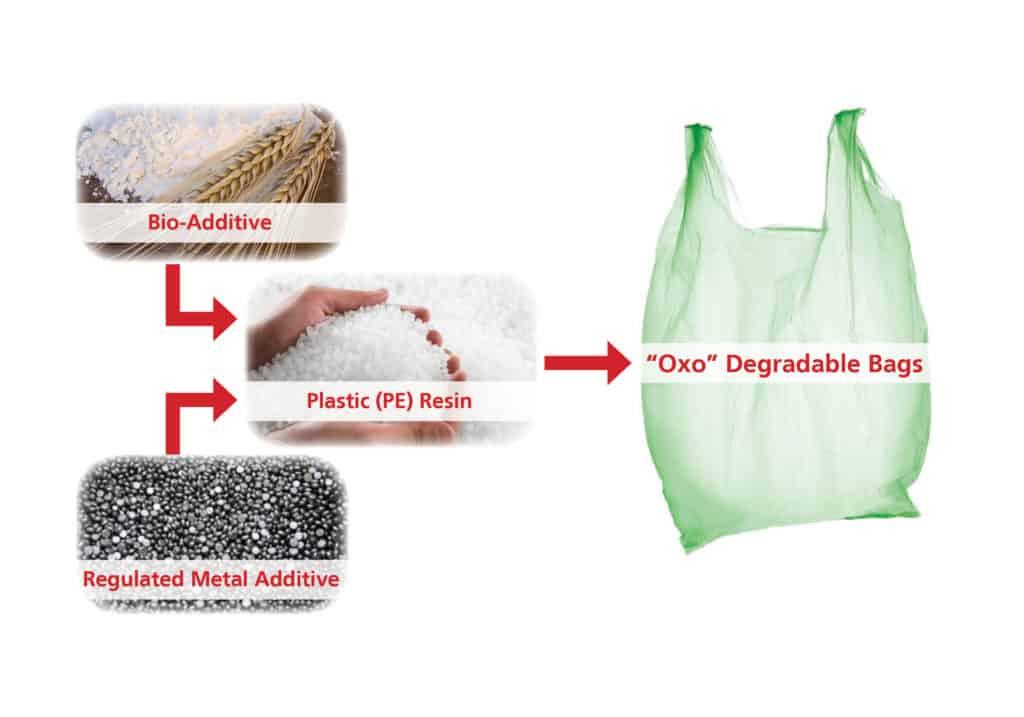
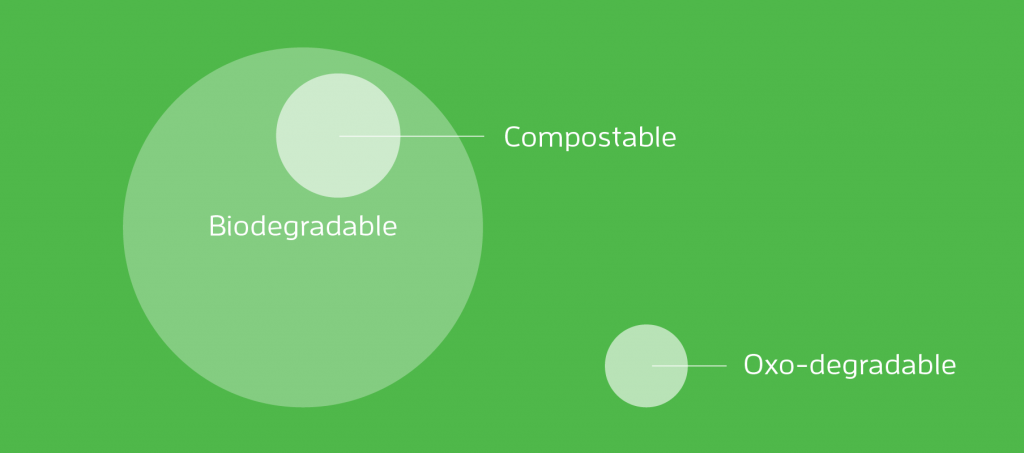
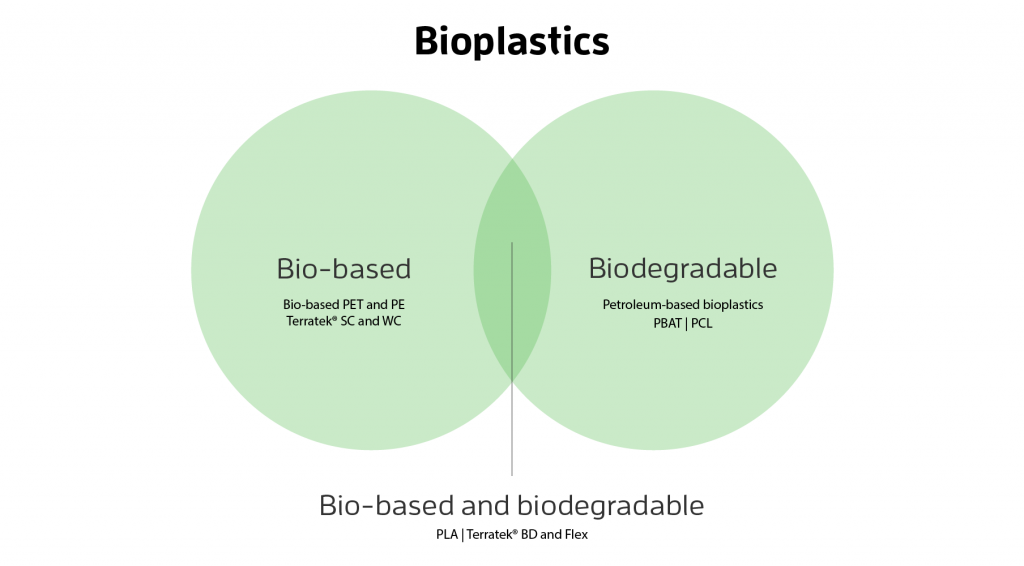
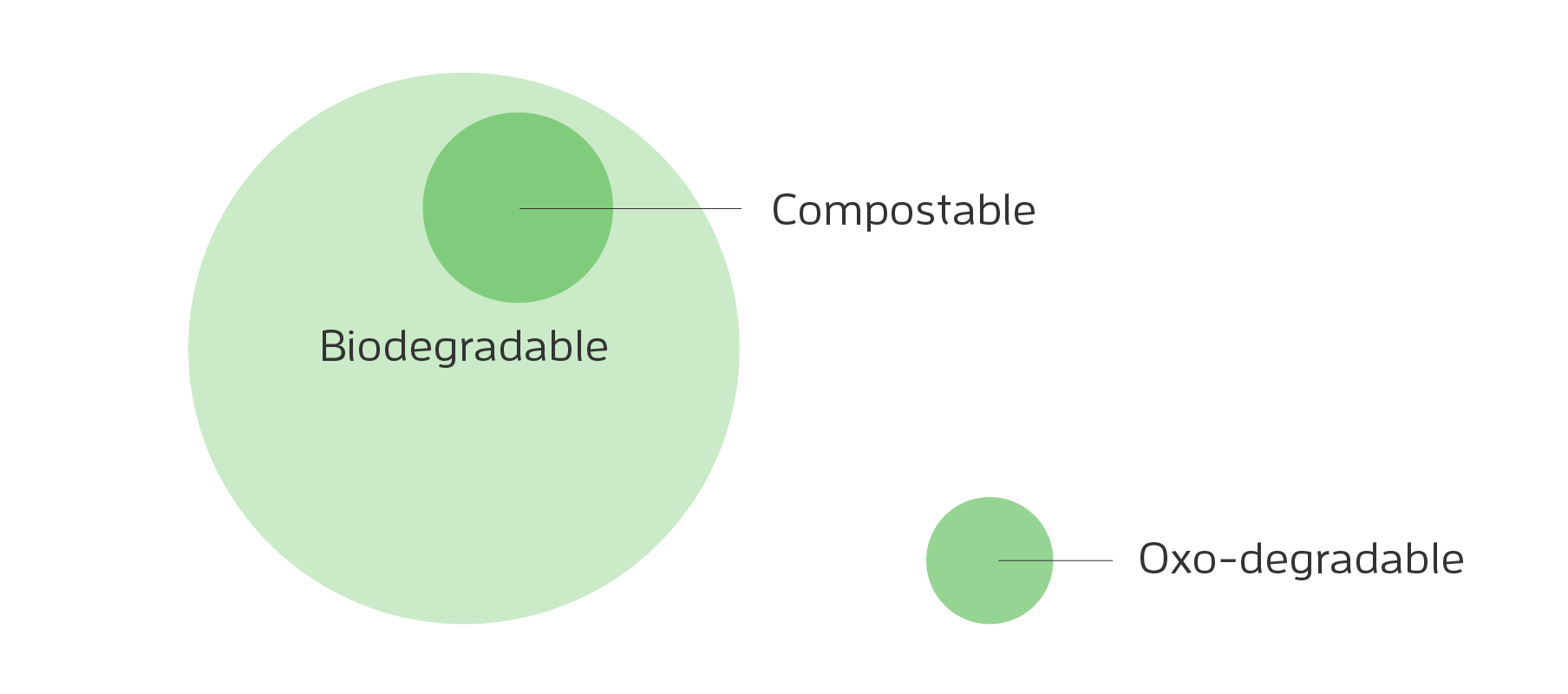
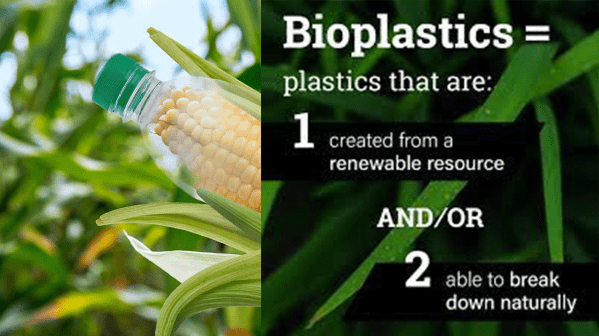
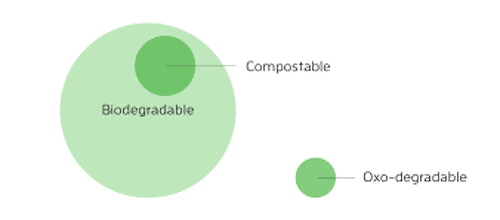
Pura Vida Bioplastics = Real Certificates USDA BIO-BASED, TUV, BNQ, GREEN AMERICA Home Compostable – Breaks down 3-4 months without Chemicals
Get a Quote